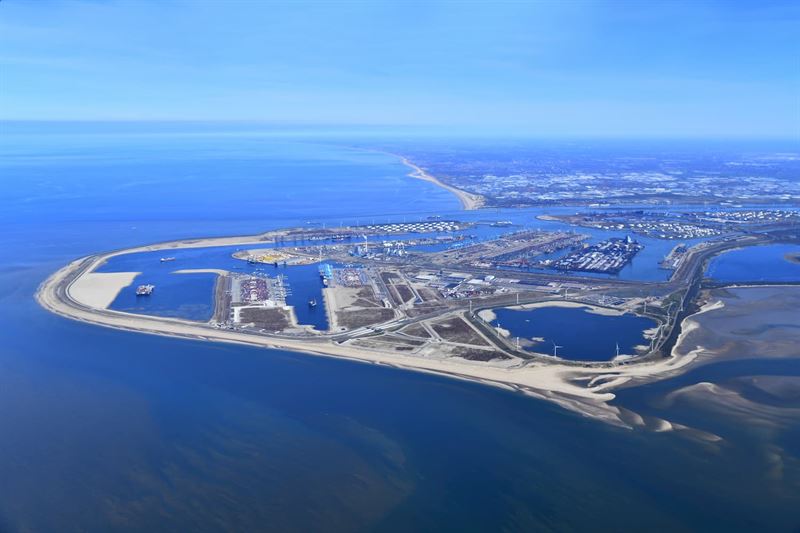The Netherlands – Just now, the Council of State announced that it considers that the nitrogen construction exemption does not comply with European nature protection law. This means that it may not be used in construction projects, like Porthos. As a result, the consequences of nitrogen emissions must now be examined for each construction project.
The impact on the Porthos carbon capture and storage project is not yet clear. This Rotterdam project prompted the lawsuit filed by the Mobilisation for the Environment (MOB) cooperative. The building exemption was used for this project, whereas an individual assessment should have been made. That assessment was made, but submitted too late in the proceedings. Therefore, the Administrative Law Division has now first issued an interlocutory ruling. MOB will now be given six weeks to still respond to this assessment by Porthos. After that, the Porthos case will be heard further a a final ruling will follow. This means that the project will be further delayed in any case.
Autonomous drop in nitrogen
The construction exemption has applied as part of the Nature Protection Act since 1 July 2021. Its purpose was to ensure that nitrogen emissions from certain construction activities did not have to be taken into account when granting permits for a project. This made it easier to grant permits for construction and infrastructure projects. According to the legislator, the construction exemption did not lead to damage to Natura 2000 areas thanks to a broader “robust and effective package of measures”. According to the legislator, this total package of measures, together with the autonomous decline in nitrogen, leads to such a large improvement in nature on a national ‘higher scale’ that the nitrogen impacts of activities during the construction phase would cancel it out.
Not yet implemented
But the construction exemption does not comply with European nature conservation law. At European level, it has been decreed that permission for a project may only be given if research shows that it is certain that individual protected nature areas will not be harmed as a result. The Dutch government’s package of measures may only be used as justification if they have actually been implemented and the benefits proven. The vast majority of measures proposed in the Netherlands have not yet been implemented.
European Court
In addition, the Administrative Jurisdiction Division of the RvS decided that it was not going to require a nuance of case law on European nature conservation law to have the Dutch measures judged positively. Because even if the European Court were to approve them, the benefits are too uncertain. The measures to protect nature have not yet been worked out in concrete terms and, moreover, depend on voluntary choices by entrepreneurs.
Multi-year infrastructure projects
A factor here is that the construction exemption could be used without limitation in time or by location. Moreover, it applied not only to concrete housing projects, but also to large, multi-year infrastructure projects. All in all, it is not established that the future improvement of nature is so great that the nitrogen impact of construction activities cancels it out.
Off the table
In the just-published interim ruling, the construction exemption is thus taken off the table. This means that projects must always be assessed individually. In addition, projects of great public interest can be given permission if there are no alternatives and nature damage is compensated. With this, the Porthos project will have to wait for the final ruling





